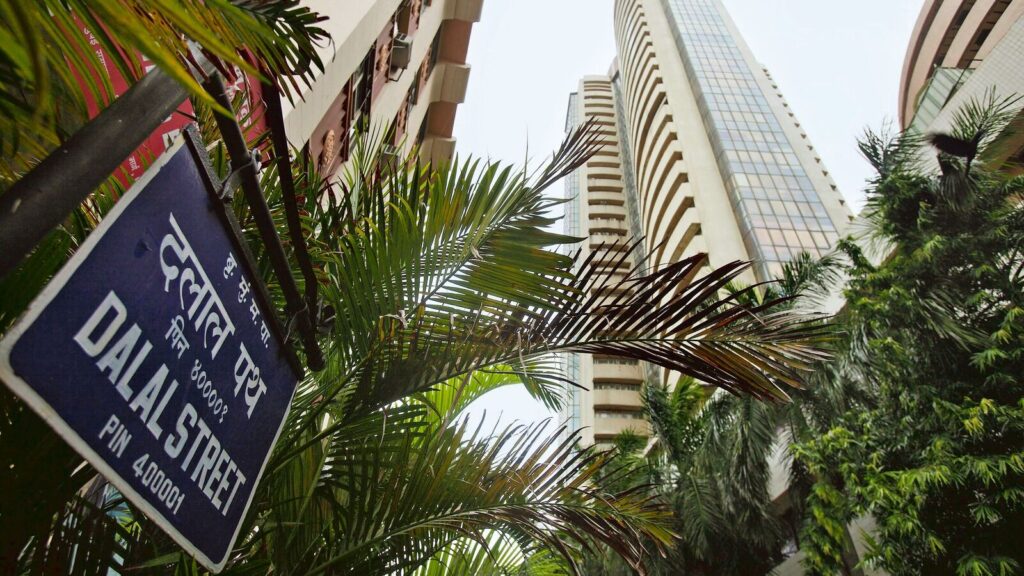FTSE Russell announced on Tuesday, October 8, that it will add Indian government bonds to its Emerging Markets Government Bond Index (EMGBI) in September 2025. The decision follows similar additions by JPMorgan and Bloomberg and could inject billions of dollars into India’s bond market. Reuters reported.
The London-based index provider also revealed that Korean government bonds will be added to the FTSE World Government Bond Index (WGBI). These bonds account for 2.22% of the index based on market value, and will begin inclusion in November 2025. According to a Reuters report, South Korea’s addition comes after two years on FTSE’s watch list.
India represents 9.35% of EMGBI
Indian government bonds, which have been on FTSE’s watch list for the past three years, account for 9.35% of EMGBI. FTSE says the index has a market capitalization of $4.7 trillion, Reuters reported.
Growing demand for Indian bonds
This inclusion is seen as a positive development for the Indian bond market. “This decision is sentimentally positive and will structurally strengthen the demand side of Indian bonds,” Madhavi Arora, chief economist at MK Global Financial Services, told Reuters.
The report further added that Indian bonds have already received nearly $18.5 billion in foreign capital inflows since JPMorgan announced that it would add Indian bonds to its emerging market index in September 2023.
Early delays due to tax or payment issues
FTSE had previously postponed the inclusion of Indian bonds in its index during a review in March, citing tax and settlement issues. However, he acknowledged that access to India’s debt markets has improved. The announcement follows India’s inclusion in JPMorgan’s bond index from June 2024 and in Bloomberg’s index from January 2025, Reuters reported.
What is a government bond?
Government bonds are typically bonds issued by the central and state governments of India. Issuance of such bonds is done when the issuing authority (central government or state government) faces a liquidity crisis and requires funds for infrastructure development purposes.
(Information provided by Reuters)



